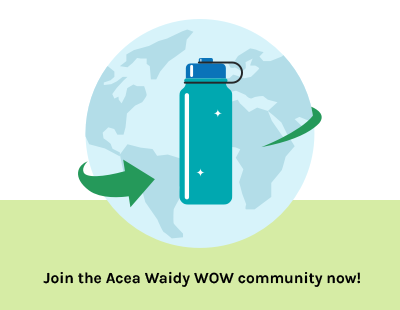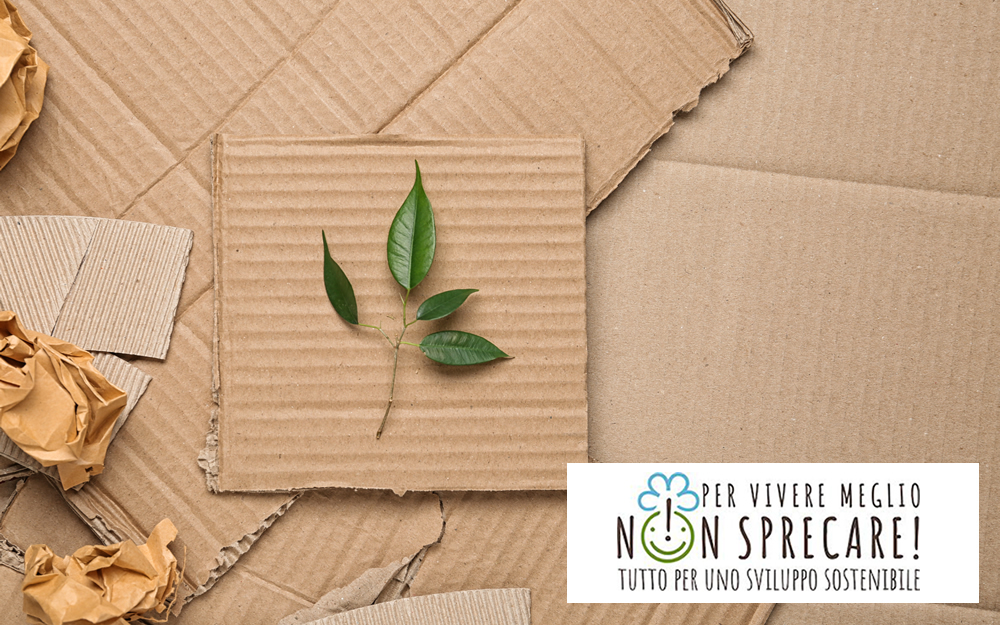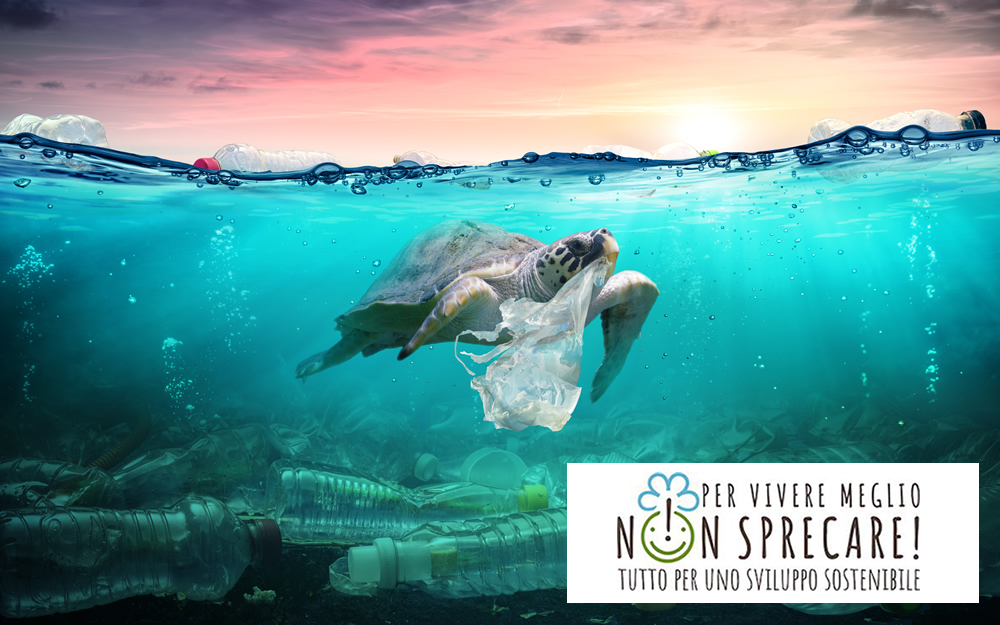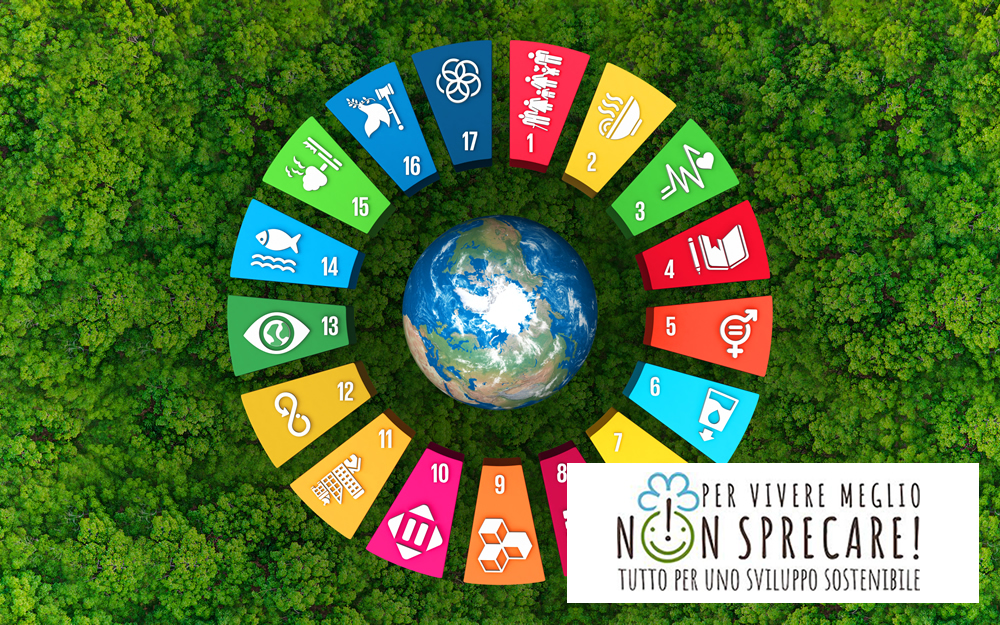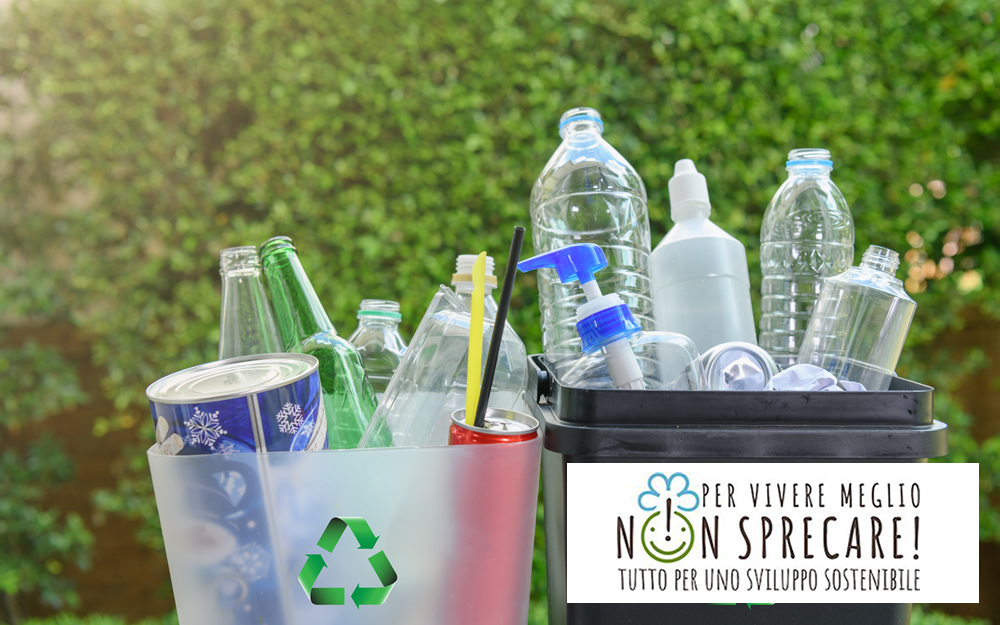- Home /
- Green solutions /
- Slow Tourism: slow tourism is sustainable
Slow Tourism: slow tourism is sustainable
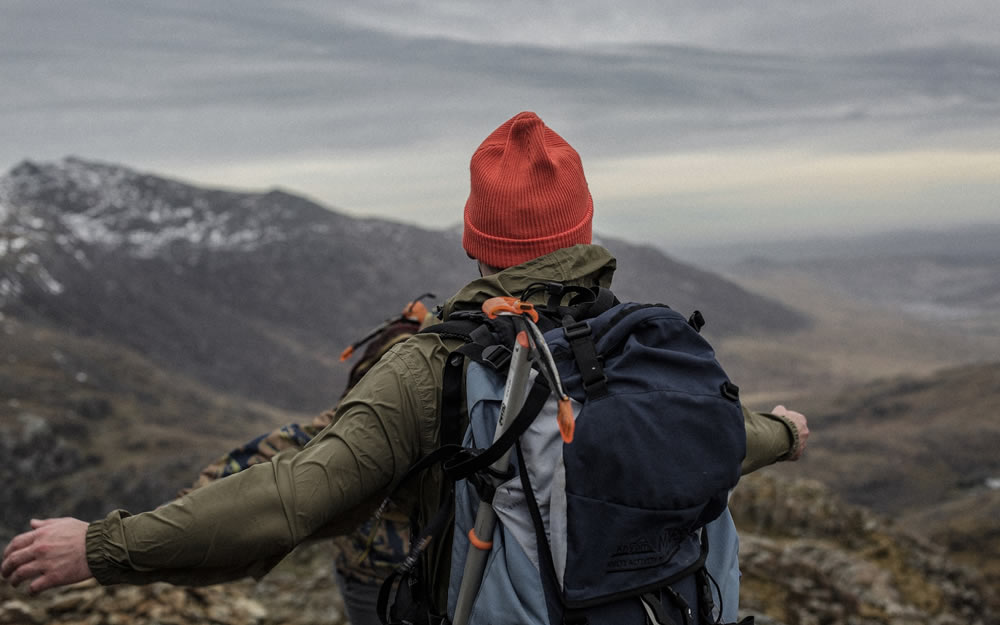
Imagine losing yourself in the sweetness of a lush forest, discovering the scents and flavours of an ancient village, enjoying hidden cultures and diverse landscapes: slow tourism is the new frontier of experience, a healthy and relaxing way to live the authentic essence of a trip.
Slow tourism was born as a philosophy that emphasizes the need to enjoy authentic travel experiences, in relax and full respect of the environment, as opposed to the hectic everyday life.
Organised travel is an inflexible routine of stages and journeys, a continuous load of information that risks not being stored, of beauties that cannot be fully appreciated. Slow tourism emerges in this panorama as a disinterested form of tourism, branched out into a network involving tour operators, national and international institution, travellers from all over the world with a single goal: the conscious and joint growth of the territory and the tourist.
Travel green: when the experience becomes sustainable
Slow tourism is good for you and the environment. Italy is rich in hidden gems and picturesque landscapes, from the charming Orange Flag villages to the precious crystal-clear beaches that have been awarded the Blue Flag. What these precious places have in common is love and respect for the environment: the environmentalist focus, as an intrinsic part of slow tourism, allows the travellers to enjoy the beauties of the land at zero kilometre, take sustainable routes and respect the cultural heritage of a destination, but without stressing it out.
Fighting the overtourism and defending the resources of the planet
A necessity even before being a choice: during the pre-pandemic years, the tourist pollution reached levels no longer sustainable for our planet. Mass tourism has brought herds of travellers to places that were not suitable to accommodate a large amount of guests, with consequent exploitation of resources and unbridled consumption dictated by global economic needs. The “overtourism” phenomenon which has always characterized the wonderful Italian art cities has overloaded the accommodation facilities. To adapt, those facilities have been brought to indiscriminately use food, water and cultural resources, often damaging the beauties they were trying to promote.
The laid-back tourist prefers sustainable vehicles that reduce CO2 emissions; tries to reduce the use of plastic, contributing to the protection of water resources and territory; supports indigenous production by purchasing local products and souvenirs.
What are the forms of Slow Tourism?
A form of slow tourism is closely linked to nature via an experience that allows you to appreciate the authenticity of the territory through all 5 senses. Among the tourist segments preferred by “slow” travellers, surely there is trekking, hiking and walking: the Acea Waidy Wow app allows you to lose yourself in pleasant walks along the Water Routes. Another option is cycle tourism, which supports sustainable mobility and zero impact sports activity.
Among the accommodation facilities, B&Bs and farmhouses perfectly fit the engaging concept of slow tourism. These accommodations allow tourists to plunge into the local environment, also providing a form of local food and wine tourism that is enjoyable at zero kilometre.
The experience is one of the hearts of slow tourism. The chance to try your hand at authentic experiences alongside the local people makes your journey extraordinarily value. Imagine being able to create folkloristic artifacts with the local artisans, cook delicious typical dishes together with the inhabitants of a village, or enjoy fine wines among the vineyards: an active holiday based on creativity and learning.
